Museum in the making: How Sanford is preserving the Sweat-Morin Homestead
SANFORD, Maine — If you’ve driven the length of School Street, you’ve passed the Sweat-Morin Homestead, a sizable patch of local history that’s up a slight hill on your left as you head towards the intersection with Route 4.
Come next year, you will actually be able to pull over and head inside to see what home life was like for its original owner, Moses Sweat, in the late 1700s. Sweat was Sanford's first pastor.
A newly formed organization is renovating the 1786 home with the intent of opening it to the public as a museum in 2025, according to Lawrence Furbish, the president of the restoration team’s board of directors. The organization is currently in the process of securing its nonprofit designation, Furbish added.
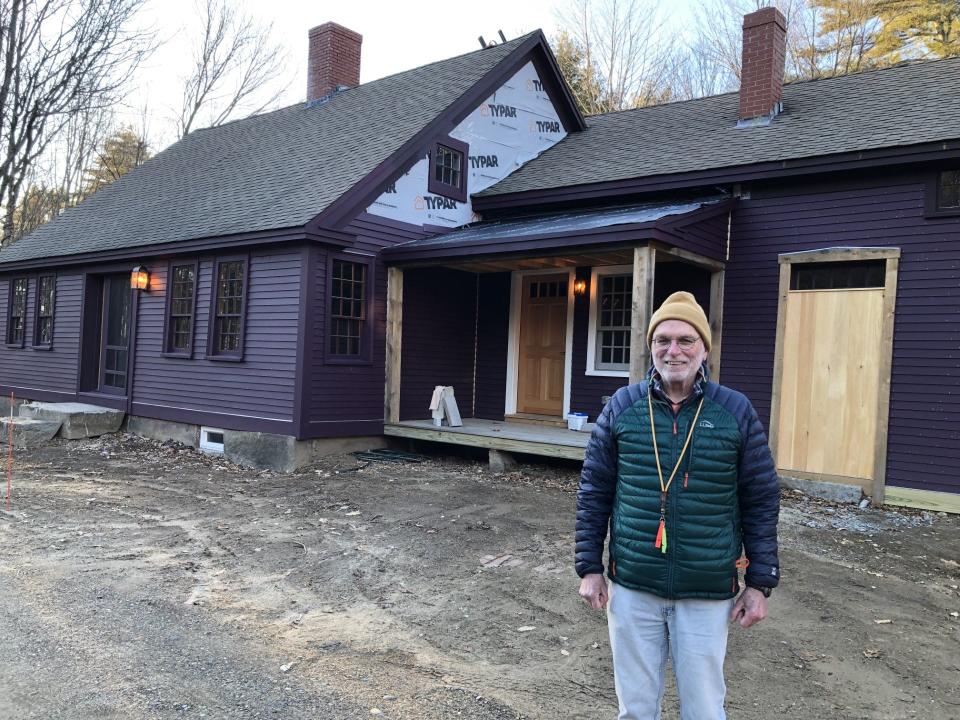
Virginia Hurd Morin, the last occupant of the house, died in 2022 at the age of 99. She bequeathed the 95 acres she owned on lower School Street to the Mousam Way Land Trust.
Currently, the majority of the property is largely undisturbed woodland. A part of the overall restoration effort includes blazing a loop trail to allow visitors to enjoy the nature and quietude of the land, according to Furbish.
The property spans from the Mousam River to the west to Cane Brook to the east. The trailhead will be at the northern end of the property.
The Sanford-Springvale Historical Society is partnering with the land trust, leasing the home from the organization during the restoration and for a while afterward. In time, the property will become the responsibility of the organization currently awaiting its official nonprofit status.
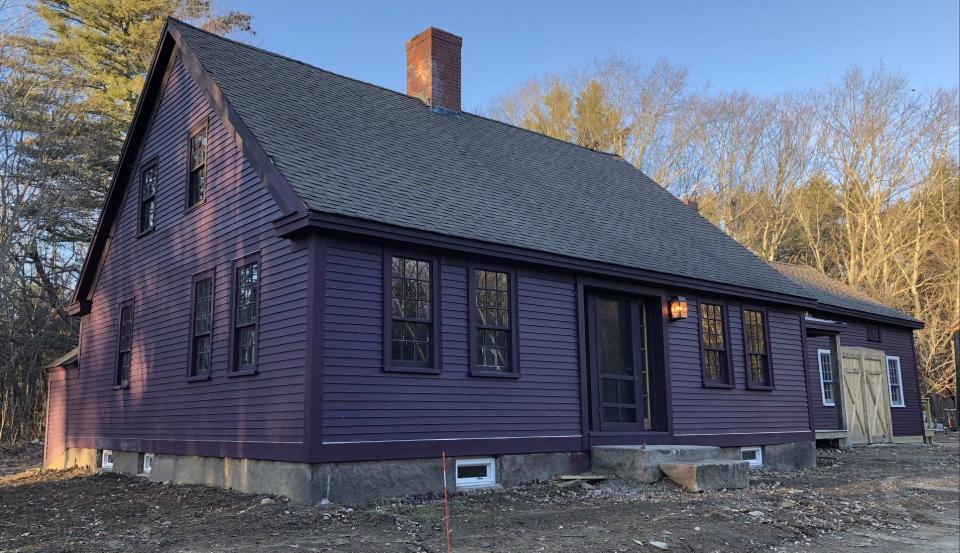
The Historical Society is no stranger to restoring former homes to their original glory for the benefit of a curious public. In 2014, the organization purchased the Goodwin House at 503 Main Street and restored it as a museum. The Goodwin House gives visitors a first-hand look at home life in Sanford-Springvale in the early twentieth century.
Landon Woods: Kennebunkport group aims to build new neighborhood with affordable homes
Restoring the Sweat-Morin house to its former glory
Started in 2023, the project at the Sweat-Morin house will include the restoration of the nearby barn and the 5 acres that comprise the overall homestead, according to Furbish.
Furbish stood in front of the house on a recent afternoon and broke down its structural history. He said representatives of Maine Preservation have visited the site and have confirmed the residence was built in 1786.
“They were pretty sure that this was built around the same time as the house,” Furbish said, gesturing toward the carriage house. “They have no way of knowing if it was built here, or if it was built somewhere else and moved here.”
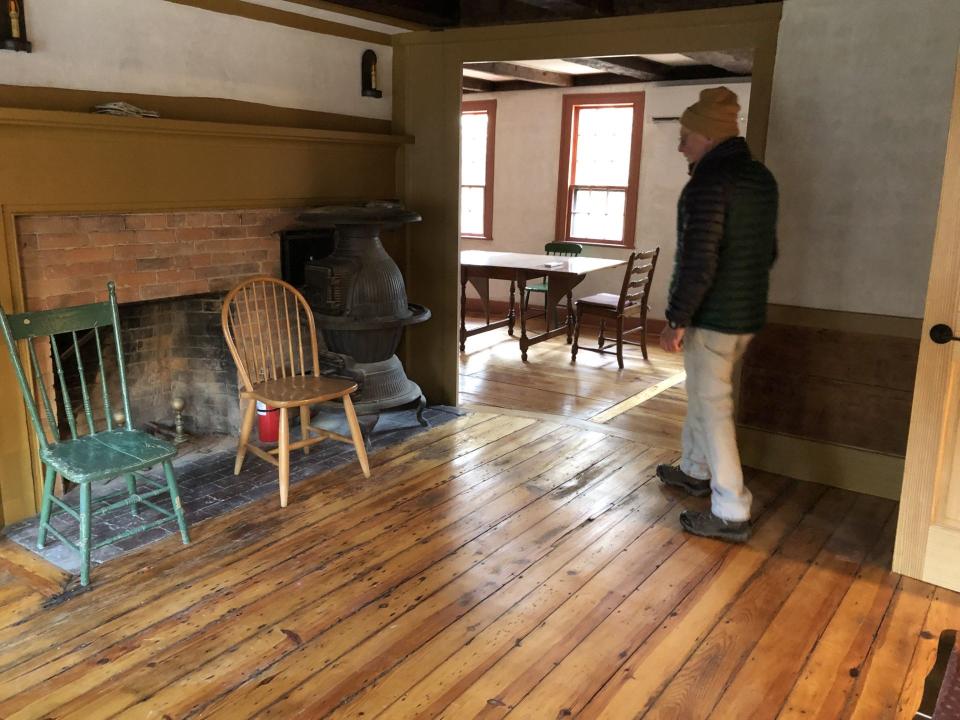
The residence and carriage house were joined by a newly built midsection in the 1800s, according to Furbish.
Furbish approached the home’s foundation and pointed out its size and ruggedness.
“It’s incredible,” he said. “The huge pieces of granite that was used for the foundation are amazing. They must have hauled them here, rolling on logs with oxen, or something.”
The restoration team has already repainted the house a shade of plum. While pleasing to the eye, it’s a color that Furbish said was not “what we quite anticipated.”
“We were trying to replicate the brown that was there before,” he said. “There’s going to be another coat of paint going on, and we haven’t finalized exactly what that’s going to look like.”
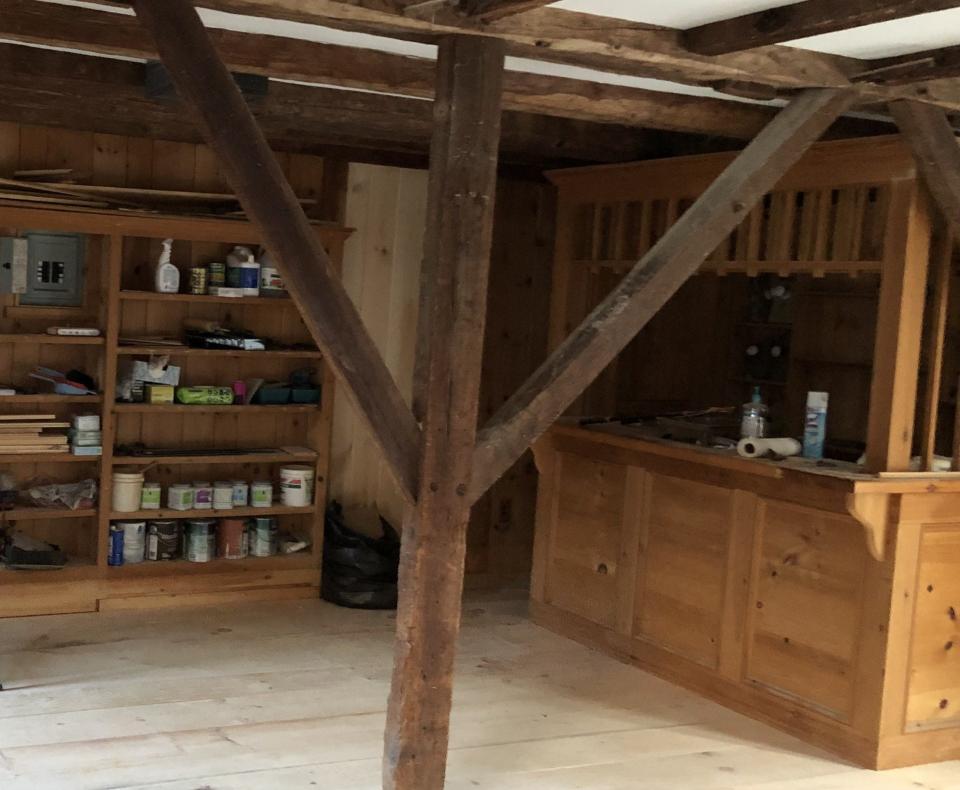
The home and carriage house will be getting a new roof, Furbish added. The current one does not leak, he added, “so if it doesn’t happen until spring, we’re lucky.”
Inside the carriage house, there’s a caged-in bar against one of the walls, a replica of the kind once put in taverns to keep would-be thieves away from the liquor. Unlike a red rug that once spanned the floor, the bar will stay, Furbish said.
“We thought we’d keep it,” Furbish said. “We thought this would be a wonderful space for a cocktail party.”
Inside the main residence, crews have been renovating the kitchen, the dining area, the parlor, and even an old-fashioned birthing room. Once complete, just like the Goodwin House across town, the Sweat-Morin residence will be furnished to reflect the tastes and times of the mid-to-late eighteenth century, complete with such colonial colors as mustard and others, according to Furbish.
New homes, hotel, more: York, Kennebunk, Wells projects coming in 2024
Historical home built for Moses Sweat, Sanford's first pastor
Born in Kingston, New Hampshire in 1754, Moses Sweat has his place in local history as the first pastor of the first Congregational Church, according to “A History of the North Parish Congregation Church,” a 1961 account written by Albert Prosser.
Back then, Maine was decades away from becoming its own state and therefore was part of Massachusetts. Under Massachusetts law, Sanford had to supply a plot of land for the church and up to 100 acres on which the minister could live. The town found such land on the east side of the Mousam River and Sweat soon called the spot his home. He farmed and taught at the property, as well.
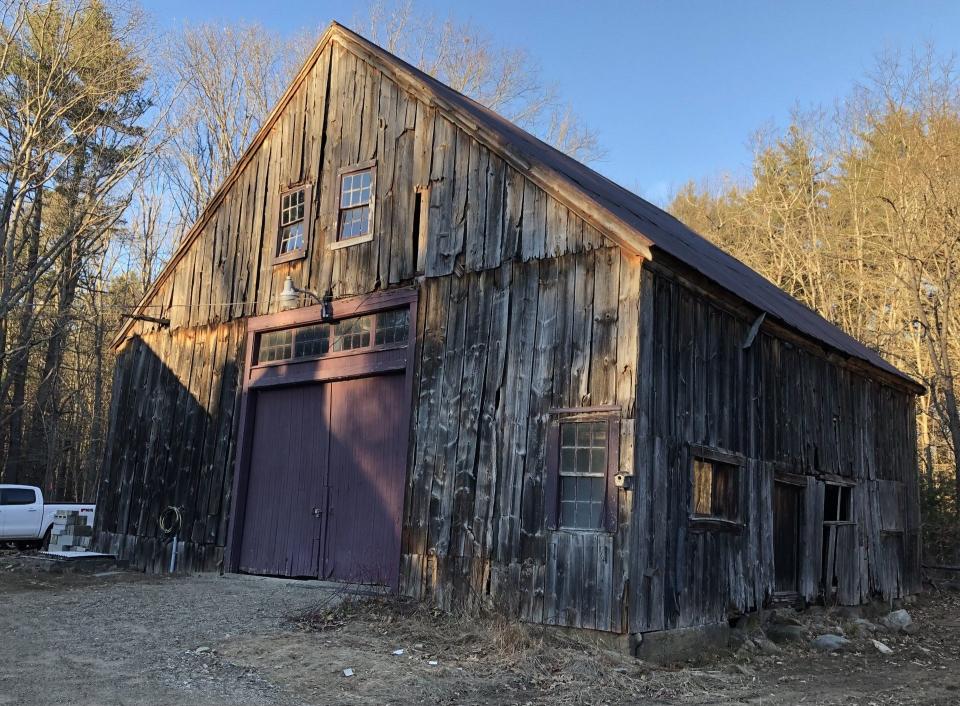
According to Prosser, Sweat’s contemporaries described him as "fluent in conversation" and having "all the graces of a Christian gentleman and model pastor." His sermons were "appeals to reason and the moral sense and were, of course, always practical."
Sweat married Hannah Eastman, of Danville, New Hampshire, and they had five children: Homer, Hannah, Moses, Sarah, and Benjamin. Moses and Benjamin, his two wives, his children, and his sister, Sarah, are buried in the family cemetery that today can be found on the School Street homestead.Sweat died of tuberculosis on Aug. 30, 1822, after 36 years as pastor of the downtown Sanford Congregational Church, which is now known as North Parish Congregational Church on Main Street.
In addition to his preaching, according to Prosser, Sweat also left a legacy as a “genial companion, a good neighbor, a peacemaker, and a good husband and father.”
This article originally appeared on Portsmouth Herald: Sanford, Maine reinventing historic Sweat-Morin Homestead into museum

